Legally Yours & Steem Cartoon : Protecting Your Intellectual Property

Source
Laws Behind Intellectual Property
I admit that I am guilty of this. I was actively involved in legal disputes concerning copyrights, trademark, industrial design and patents. The last case that I dealt was the mark infringement of the synthetic motor oil from the United States called X-1R which supposedly used NASA technology and the client that I was representing had a mark almost similar but was involved in a different field. Of course the mark X-1R was first created and registered by the US company and had a strong following from motor enthusiasts, so it was an uphill battle in the courts.
Of course the law is not always perfect and in Malaysia there is one famous case that caught many people's attention and many had termed it as the David v Goliath battle. It is the infamous McCurry case where a business operator used the famous 'Mc 'that is closely associated to McDonalds and that caused some uneasiness with the fastfood giant.
This case went up to the Federal Court and the panel of judges ruled in favour of the little man and there was a huge hue and cry in the street. Wasn't the little man's intention meant to ride on the public acceptance of McDonalds and he managed to get away with it?
Lets give this man the benefit of the doubt and question some general calls that he made when he commission for his signboard to be made. Here are some tell tell tale sign that ought to fashion the direction of the decision which I think was overlooked:-
- The choice of colour
- The choice of font
- The choice of Uppercase and Lowercase on specific alphabets
- The use of 'Mc' which is not a general term used for curry in Malaysia
- The positioning of the mark (logo) before the words
Triumph for the Little Man?
Before we take to the streets and yell bravo and proclaim that David has won against the Goliath, there are a few things that we ought to consider. It matters not the size of McDonalds, if the corporation has invested millions of dollars promoting and spreading its mark and the cross section of the society recognises the mark to be that of McDonalds, that perception must be protected because the mark is almost synonymous with the branding that was created. There must be no usurpation of another's goodwill. In short, any imposter will be regarded as trying to pass-off as McDonald's product or its franchise if the common misconception is widespread.
There are a lot of opportunities, investment and development brought by major corporation when they decide to enter a particular market. Hence, regardless of their size a legal right remains a legal right. There must adequate law to protect the public from harboring a misconception based on fraudulent practices and passing off. The same right must also be afforded to the creator of that creative output. In short, the legal position is not prejudiced by the size of the owner of that Intellectual right but it must concern itself with the right itself.
Problem Facing Cartoonist
Then during my last meeting with @sireh (the founder of #steem-cartoon) then I realised that one of the problems that is plaguing the industry is the issue of ownership of the creative work of the artist. I thought it would be beneficial to share the basic law that is applicable in this area. There are two major issues that relates to the right of a cartoonist in this area of law and it can generally be divided into the following:-
- Cartoonist under employment
- Freelance Cartoonist
Law, stripped down of all its jargons and technicalities do recognise the creator of content. This is one area that is jealously protected and many in the industry identify this right as a moral right. What amounts to a moral right?
There are four parts to this right. Although in a layman's term we say it is the right of the author to be recognised and protected but giving it a more systematic breakdown would be helpful. This distinct rights are:-
- The right to be identified as the author (which is why we always give credit to the creator)
- The right of integrity
- The right against false attribution
- The right to privacy
The moral right must not be confused with a commercial right. Commercial right is the right to derive economic benefits from the work. This right is of course the most debatable right because that is where the money is. A moral right gives the original author certain control over his work regardless whether he has assigned the commercial right to a third party or not. For example he is entitled to ensure that his children's illustrations are not used in an undergarment commercial. He has the right to stop anyone from claiming that they are the author of the work, he has the right to prevent any third party from mutilating or distorting the original content.
However, this moral right cannot be sold or transferred. That makes it personal to the maker, but the maker can agree to waive his rights. This waiver could be influenced by commercial reasons. For instance, an author that has sold his artwork to a publisher will likely agree to waive his moral right to the 4 moral rights listed above.
I know that many authors are often confused with contractual rights. There are certain rights that are given by law and there are certain rights which are contracted between the parties. The governing law in this area would be as follows:-
Copyright Act
Patent Act
Trademarks Act
Industrial Design Act
The above statutes is what the law gives the author, but over and above that, the common law which is judge made laws also do attribute some legal rights to the authors. Hence, it is not right to say, what is not contained in the contract is not governed by law.
The Right to Grant License
The most common right that an author can grant to any publisher or platform is the license to showcase their work. This is not taken to be any infringement of right even if there is economic benefit attached from showcasing of that work. Again the economic benefit derived must also not be confused as payment for the work, it is different. One example is the daily publication of cartoon strips in the papers. The publisher has the license to publish the cartoonstrips, they don't own the cartoons, but they are given the license by the author to use their work and showcase it to the world. In return for this license, the author may or may not be paid, that is wholly dependent on the negotiation that takes place between the parties.
This is clearly the situation with the social media platform. Whether it is a paying or non paying platform. The right to publish the work to the public's viewing does not mean the right to sell the work or to claim any commercial ownership to the work. That makes Steemit very special because it does not claim any right or authority to the works of the content producers. The author do still maintain certain authority to their work as all rights to the work is preserved.
Now with the basic framework and understanding in place we shall consider how content creators such as cartoonist and illustrators can protect their work and avoid manipulation of their rights and if there is such infringements what are their remedies.

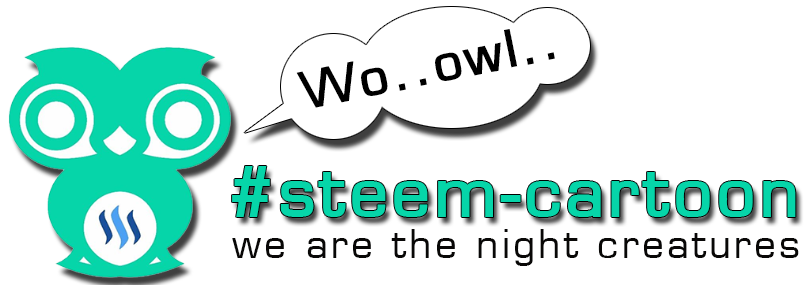
credit to @zomagic

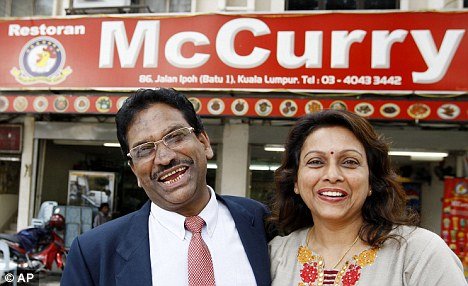
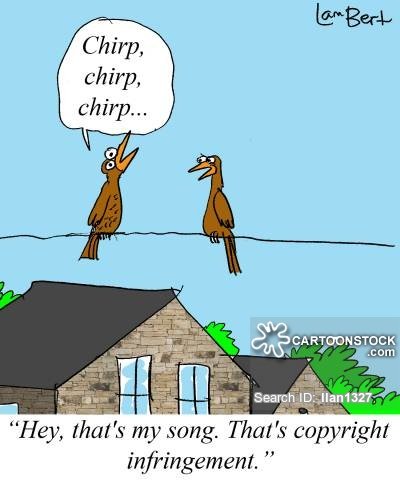
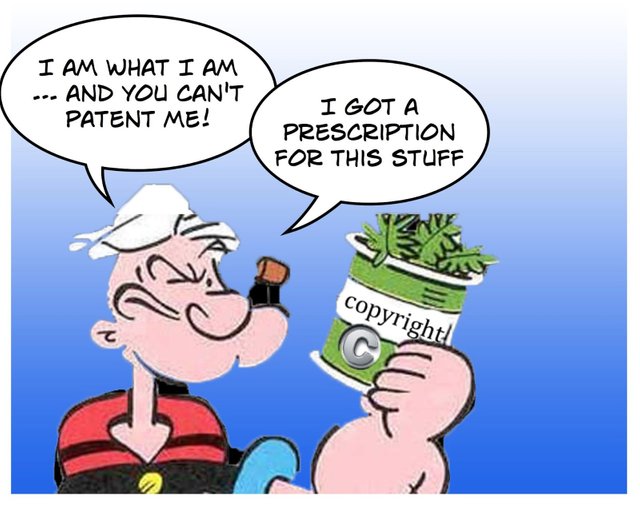
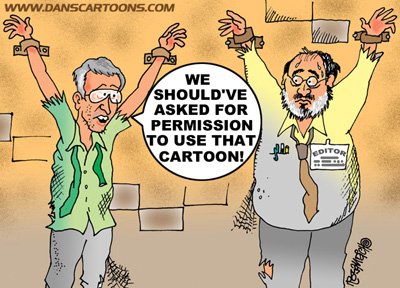
Interesting article, although, I am somewhat against copyrights. I think libertarians are often against copyrights.
Nowadays, copyrights laws a too stringent, I think.
very informative post ^^
Thanks ! good info in law perspective bro..we need this comprehension as a artist.. :)
panduan yg sangat berguna utk dijadikan panduan..tq mr.perennial
Thank you for this, Mr. @perennial!
Great info... thanks bro!
This is a very good piece about a very important topic. Many places on social media ignore copyright material on a day-to-day basis. I would hope that we here on this platform will respect the intellectual property of one another. Thank you for sharing.